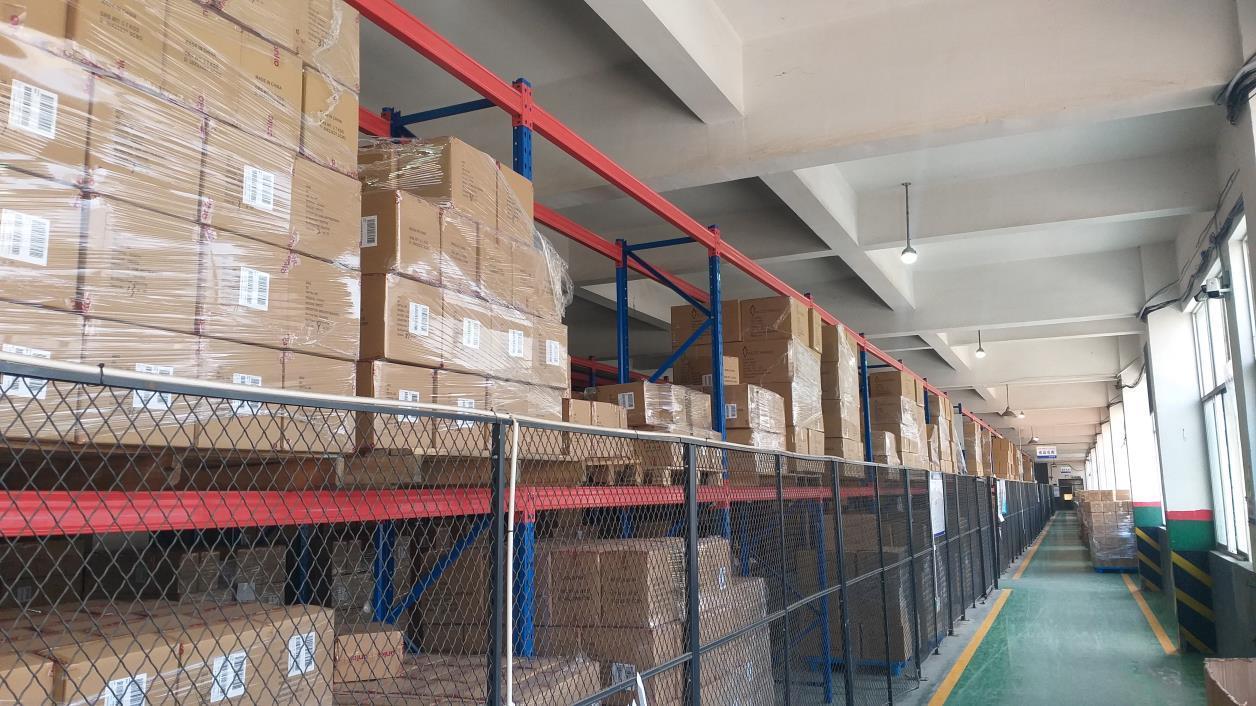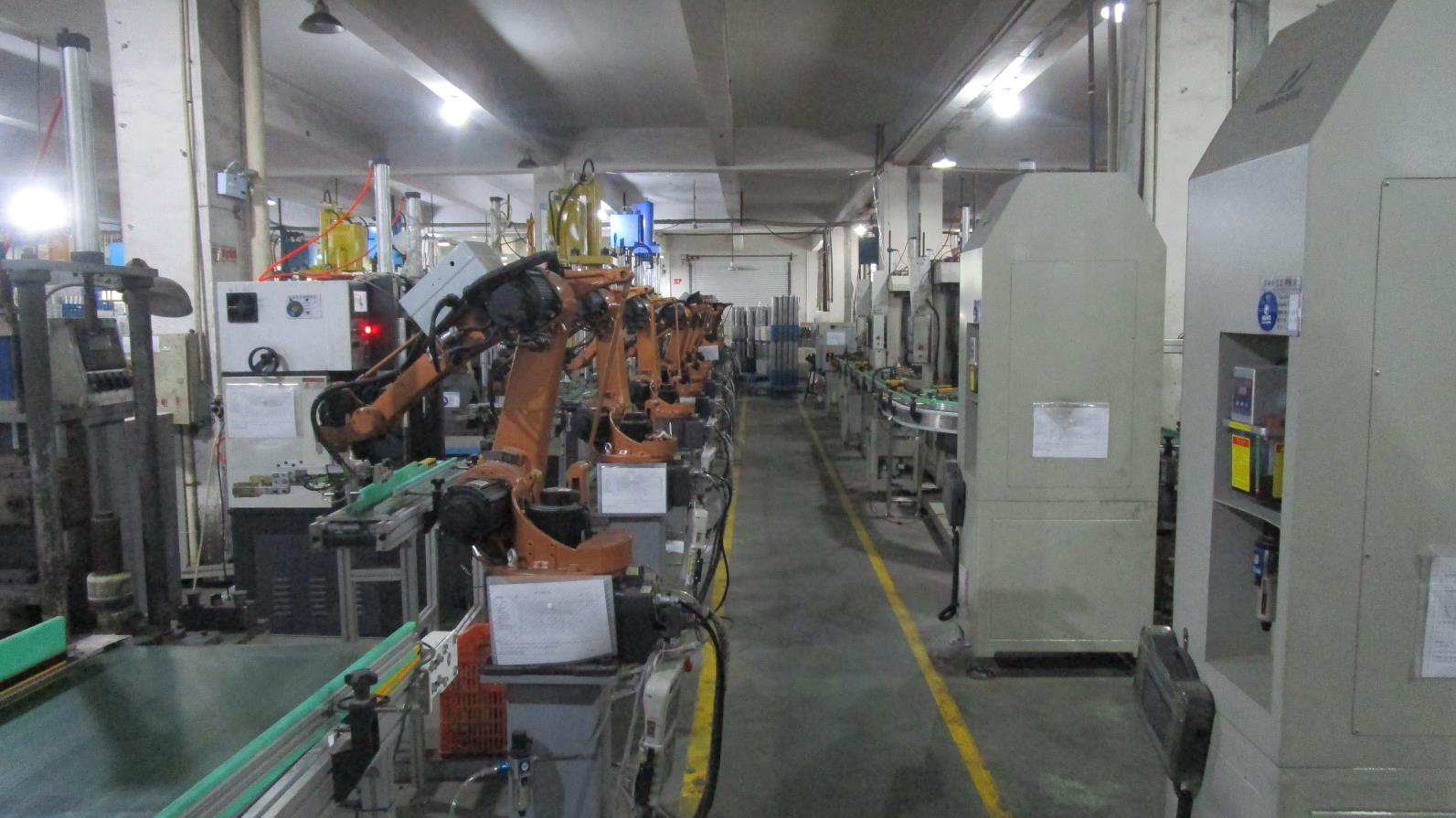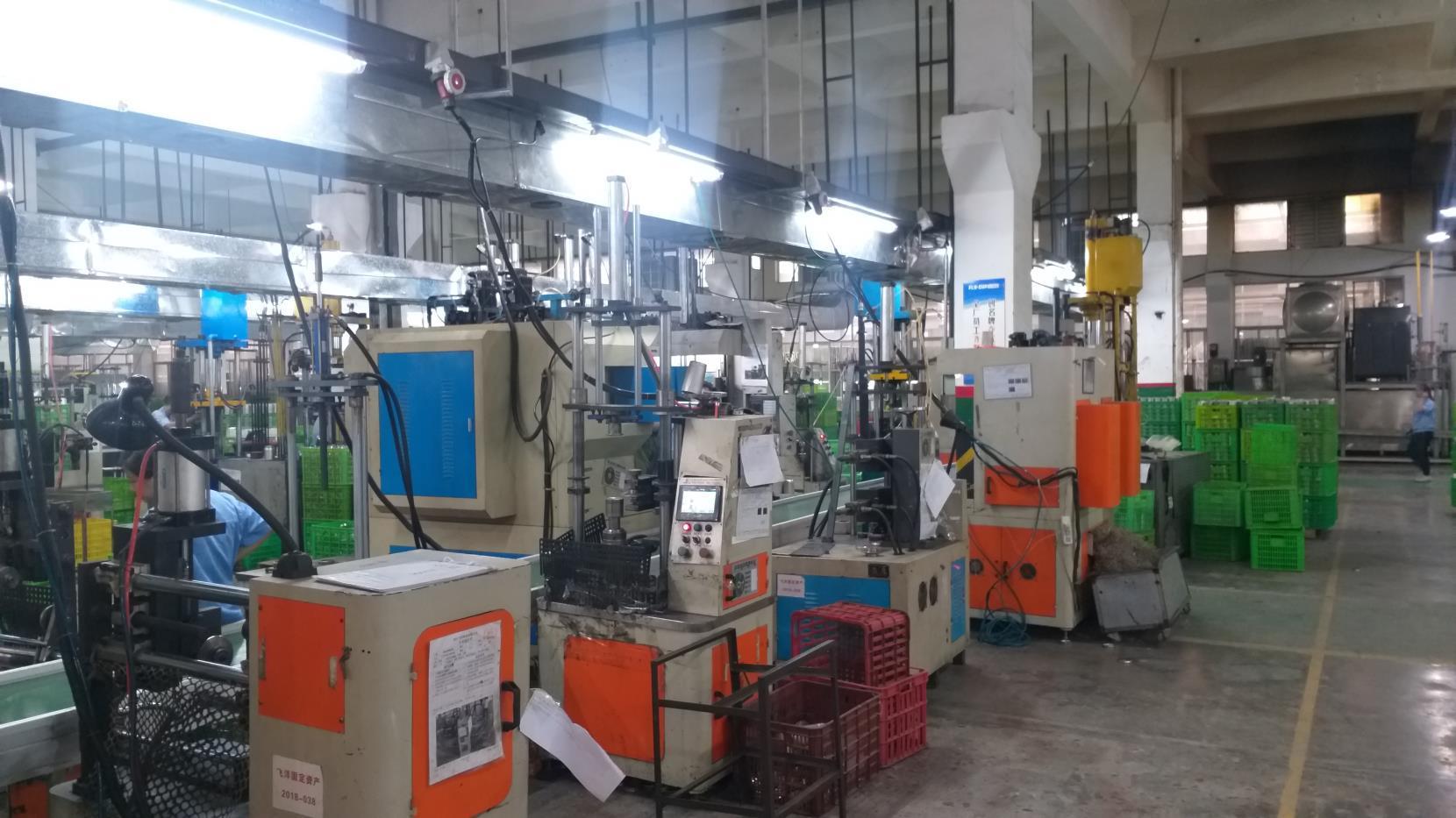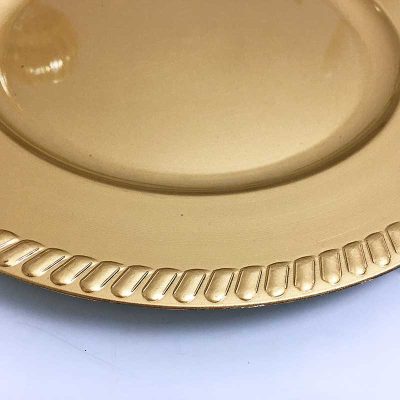
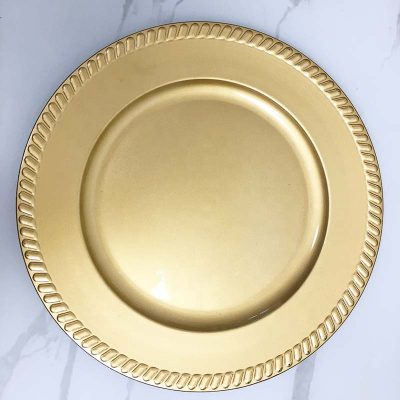
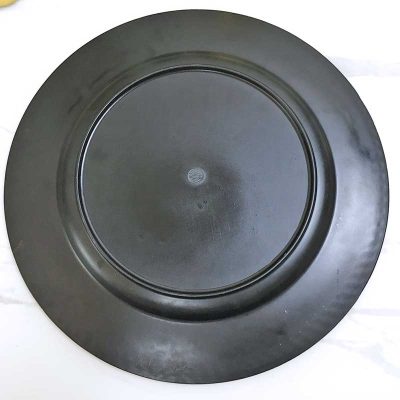
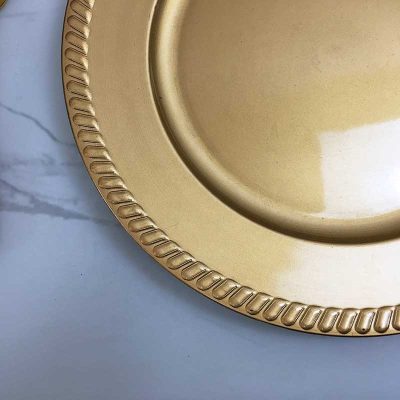
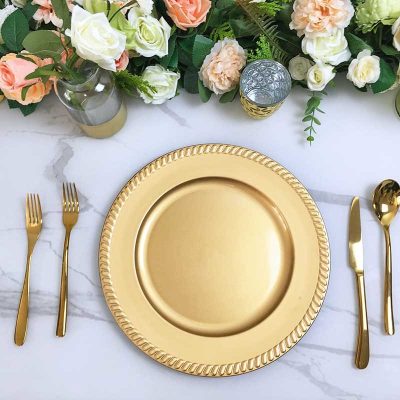
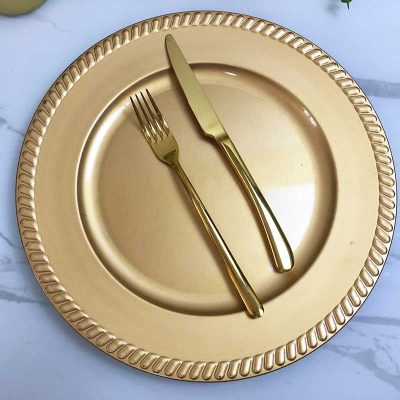
| Goods Name | Copper Charger Plates |
| Material | Copper |
| Size | 12*4CM |
| Weight | 100g |
| MOQ | 100PCS |
| Delivery | According your order quantity |
| Payment | T/ T, L/ C, Western Union |
| Packing style | Paper box or OEM design of demand |
| Quality | High, the goods quality support with your demand. |
| Advantages | 1. Good quality stainless steel material with competitive price |
| 2. Interior and exterior mirror polishing | |
| 3. Easy to clean and carry | |
| 4. Professional QC team control the quality well | |
| 5. Fast delivery |
Due to the different zinc content in brass, the mechanical properties are also different, and the mechanical properties of brass vary with the zinc content. For α brass, with the increase of zinc content, both σb and δ increase continuously. For (α+β) brass, the room temperature strength increases continuously until the zinc content increases to about 45%. If the zinc content is further increased, the strength decreases sharply due to the appearance of a more brittle r-phase (solid solution based on Cu5Zn8 compound) in the alloy structure. The room temperature plasticity of (α+β) brass always decreases with the increase of zinc content. Therefore, copper-zinc alloys containing more than 45% zinc have no practical value. Ordinary brass has a wide range of uses, such as water tank belts, water supply and drainage pipes, medals, bellows, serpentine pipes, condenser pipes, bullet casings and various complex shaped punching products, small hardware and so on. With the increase of zinc content from H63 to H59, they can withstand hot processing well, and are mostly used in various parts of machinery and electrical appliances, stamping parts and musical instruments.
In order to improve the corrosion resistance, strength, hardness and machinability of brass, a small amount (generally 1% to 2%, a few up to 3% to 4%, and very few up to 5% to 6%) is added to the copper-zinc alloy. %) Elements such as tin, aluminum, manganese, iron, silicon, nickel, lead, etc., form ternary, quaternary, and even quinary alloys, which are complex brass, also known as special brass.
Lead is actually insoluble in brass and is distributed on the grain boundary in the state of free particles. Lead brass has two types: α and (α+β) according to its organization. Alpha lead brass can only be cold-deformed or hot-extruded due to the harmful effects of lead and low high-temperature plasticity. (α+β) lead brass has good plasticity at high temperature and can be forged. The addition of tin to brass can significantly improve the heat resistance of the alloy, especially the ability to resist seawater corrosion, so tin brass is called “navy brass”.
Tin can dissolve into copper-based solid solution and play a role in solid solution strengthening. However, with the increase of tin content, brittle r-phase (CuZnSn compound) will appear in the alloy, which is not conducive to the plastic deformation of the alloy. Therefore, the tin content of tin brass is generally in the range of 0.5% to 1.5%.
Commonly used tin brass are HSn70-1, HSn62-1, HSn60-1 and so on. The former is an alpha alloy, which has high plasticity and can be processed by cold and hot pressure. The alloys of the latter two grades have a (α+β) two-phase structure,
